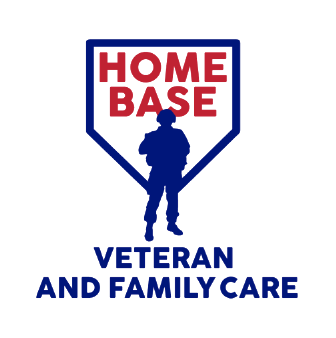Fitness Education: Lower Cross Syndrome
Time to Get Up! Lower Crossed Syndrome and Prolonged Sitting
This post is a continuation of a March 23, 2020 Operation Health at Home Video Post titled “Sneak in Movement During Your Day”.
Working at a desk job, studying for exams, the daily commute and watching TV. What these activities all have in common is prolonged sitting. Prolonged sitting is the common mechanism of injury for low back and hip pain, decreased range of motion in the lower back and the feeling of tightness or discomfort with hip movements. All of which are contributing factors to the development of lower crossed syndrome (LCS).
What is Lower Crossed Syndrome?
LCS is characterized by an arched lower back (where the pelvis tilts forward). As stated above, sitting for prolonged periods of time is the main contributor of this compensatory pattern.
LCS is due to muscular strength imbalances in the lower back, hip and pelvic region. There is overactivity and tightness of the hip flexors, adductor muscles of the inner thigh, the lats (upper back) and low back extensor muscles and calves. This is accompanied by an underactivity and weakness of the deep abdominal muscles on the front side of the body and of the gluteal muscles on the back side.
What strategies are helpful in combatting the effects of sitting?
Take frequent breaks from sitting every 30-60 minutes.
Work from a standing posture by creating a workspace that allows you to alternate between sitting and standing. There are sit to stand work (desk) stations that can be purchased online or you can create your own by propping up your computer screen on a stack of books to bring it to eye level. If you have a laptop, purchasing a USB keyboard can help to further customize your work station by aiming to adjust your arms at 90 degrees so your upper body posture is less compromised.
Consistently practice good posture. Prolonged sitting can lead to poor posture and muscular imbalances. Frequent movement can help to break the cycle. You may access this Operation Health at Home link for more tips on practicing good posture.
Soft Tissue Work – Self-myofascial release (SMR) also known as self-massage can be helpful in neurologically decreasing or inhibiting the activity of the overactive muscles and breaking up knots or adhesions in muscle tissue. SMR makes it easier to recruit the opposing muscle groups that are meant to be used. This can be done by using a foam roller or a massage roller stick to target the inner thighs and quadriceps. This Operation Heath at Home Video demonstrates how to use a foam roller and highlights two specific exercises with regard to Lower Crossed Syndrome shown in minutes 4:14 and 5:06 respectively.
SMR also helps to create an ideal situation of relaxing the muscle, making it more receptive to being stretched. The static stretches that complement areas foam rolled include the following adductor (inner thigh) and hip flexor stretches. Below are several examples that are demonstrated in the following video:
- Standing Adductor Stretch
- Adductor Rockback Stretch
- Half-kneeling Hip Flexor Stretch
- Chair Assisted Hip Flexor Stretch Variations
Additional stretches for the gluteal region (Lying and Seated Piriformis Stretches) were also included as this is an area that should not be neglected.
Core Stabilization Exercises to help strengthen the muscles that have been inactive should be integrated as well. Examples of these exercises include (and are not limited to) the Glute Bridge, Bird Dog and Plank variations which can be seen in these Operation Health at Home videos. https://www.youtube.com/watch?v=Z8XaHw1xsw8&feature=youtu.be
https://www.youtube.com/watch?v=_HYZpX9sTIs&t=11s
https://www.homebase.org/news/fitness-education-push-up-plank-and-forearm-plank/
Movement is important for good health. Examining how much time we sit and trading some of that time for moving can be incredibly helpful in preventing or decreasing muscular pain and stiffness, as well as other chronic health disease risks associated with being sedentary. Just sprinkling in some of the exercises highlighted here consistently throughout each day can truly make a difference.
References
https://esportshealthcare.com/lower-crossed-syndrome/
https://blog.nasm.org/lower-crossed-syndrome
https://www.physio-pedia.com/Lower_Crossed_Syndrome
By: Marlene DaCosta, Exercise Physiologist


 Home Base
Home Base